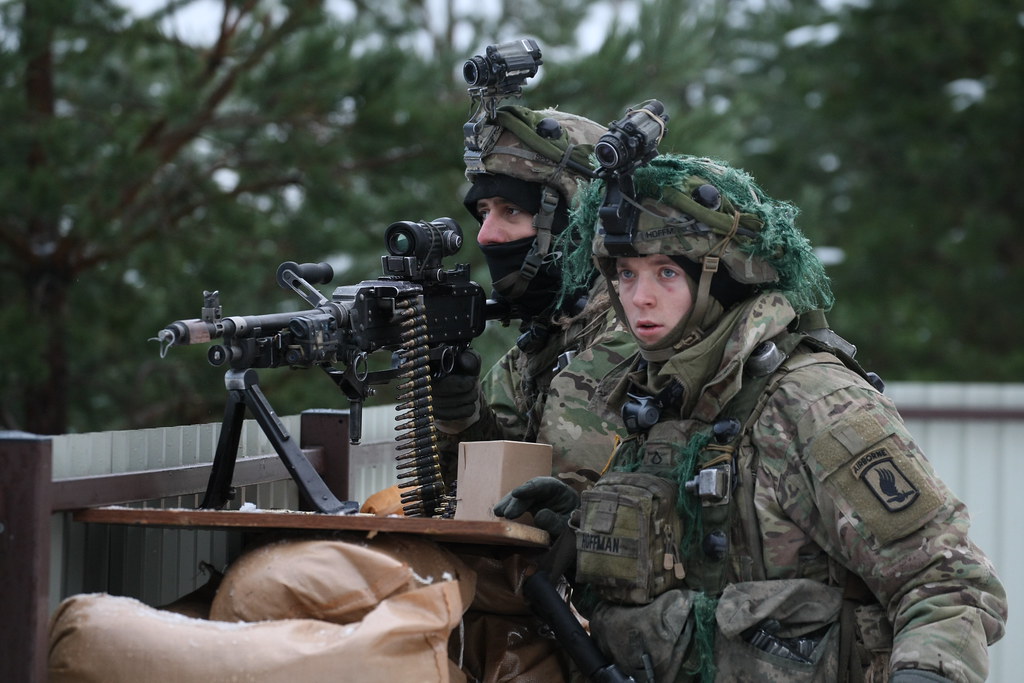NATO Response Force
At the NATO Summit in Prague on 22 November 2002, Member States decided to establish the NATO Response Force (NRF), a joint military force of Member States prepared to conduct a wide range of operations. Their land, sea, air and special operations components are jointly trained and on high combat readiness to enable them to be rapidly deployed in operations far from their permanent home. The NRF is equipped to conduct a wide range of operations, including operations to preserve the integrity of Member States, demonstrations of force, peacekeeping operations, the prevention of natural disasters and their consequences, the protection of critical infrastructure, and security and embargo operations.
The creation of the NRF was driven by NATO's ongoing transformation processes, demonstrating the Alliance's adaptation to the new global security environment. Latvia started its participation in the NATO Response Force in 2006.
In 2006, the NRF was declared fully operational at the Riga Summit. In 2014, the Ministers of Defence agreed on the establishment and activation of the Very High Readiness Joint Task Force (VJTF) on a trial basis. A decision was also taken to increase the NATO Response Force from 13 000 to 30 000 troops. The Response Force is currently around 40 000 strong.
In response to Russia's full-scale invasion of Ukraine in February 2022, NATO deployed for the first time high-readiness elements of the NRF for deterrence and defence.
At the 2022 NATO Madrid Summit, the Allies agreed on a new NATO Force Model (NFM) to replace the NRF. It will provide a wider number of highly ready forces dedicated to specific plans for the defence of the Allies.
At the 2023 NATO Vilnius Summit, Allies endorsed new regional defence plans and agreed on a new multinational and multi-domain Allied Reaction Force (ARF). The Allied Reaction Force will be able to react in a shorter time than previously possible and will be able to carry out a wide range of missions. The creation of this force is a testament to the unity and mutual trust of the Allies.

